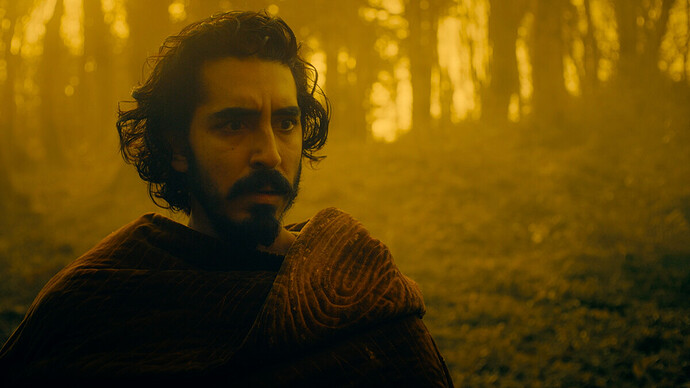As a long time fan and studier of the arthurian legends, I was extremely excited to see the new film adaptation of Sir Gawain and The Green Knight starring Dev Patel. I had a chance to sit down this past weekend and watch it with a family member; it has me thinking about the depiction of land, forest, and animal as archetypes in storytelling and what that might tell us about how we conceive our relationship with land and its constituent parts.
Like many fables, the archetypes of an animal guide who helps the protagonist appeared. As well, the forest itself was depicted as imbued with a sort of supernatural or mystic significance; throughout the film, the coloring of the landscape shifted from that of a pleasant, rich green, to that of an apocalyptic yellow. Too, the film visualizes the titular Green Knight as a sort of tree-man hybrid, acting as an avatar of the film’s forest setting, and the ending confrontation between Gawain and the Knight (without spoilers!) subverted conquest narratives of man over nature into something more complicated and erotic.
I’m interested in how these sort of implicit eco-fables (or even more explicit ones) might tell us about how we conceive of land both as ‘tamed’ and as ‘wilds.’ The film’s ending moment (in which there is no way out) of submission to the consequences of an act of violence against a symbolic figure of nature seems to evoke notions of inevitability and human accountability, but in some regards was framed as somewhat hopeful. Personally, I found it especially interesting how the film oscillates from showing nature as magical and safe to alienating and violent, and how the protagonist is meant to literally walk through those oscillations. That the film never seems to arrive on an answer, and instead leans into hybridity and these oscillations, might point us to current anxieties over the state of the climate and how fast ‘safety’ can drop into disaster.
